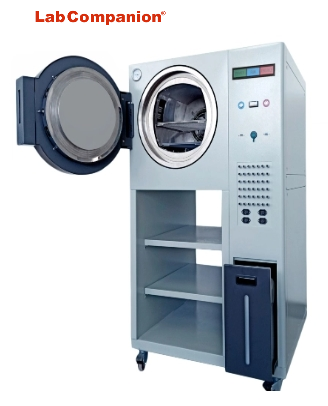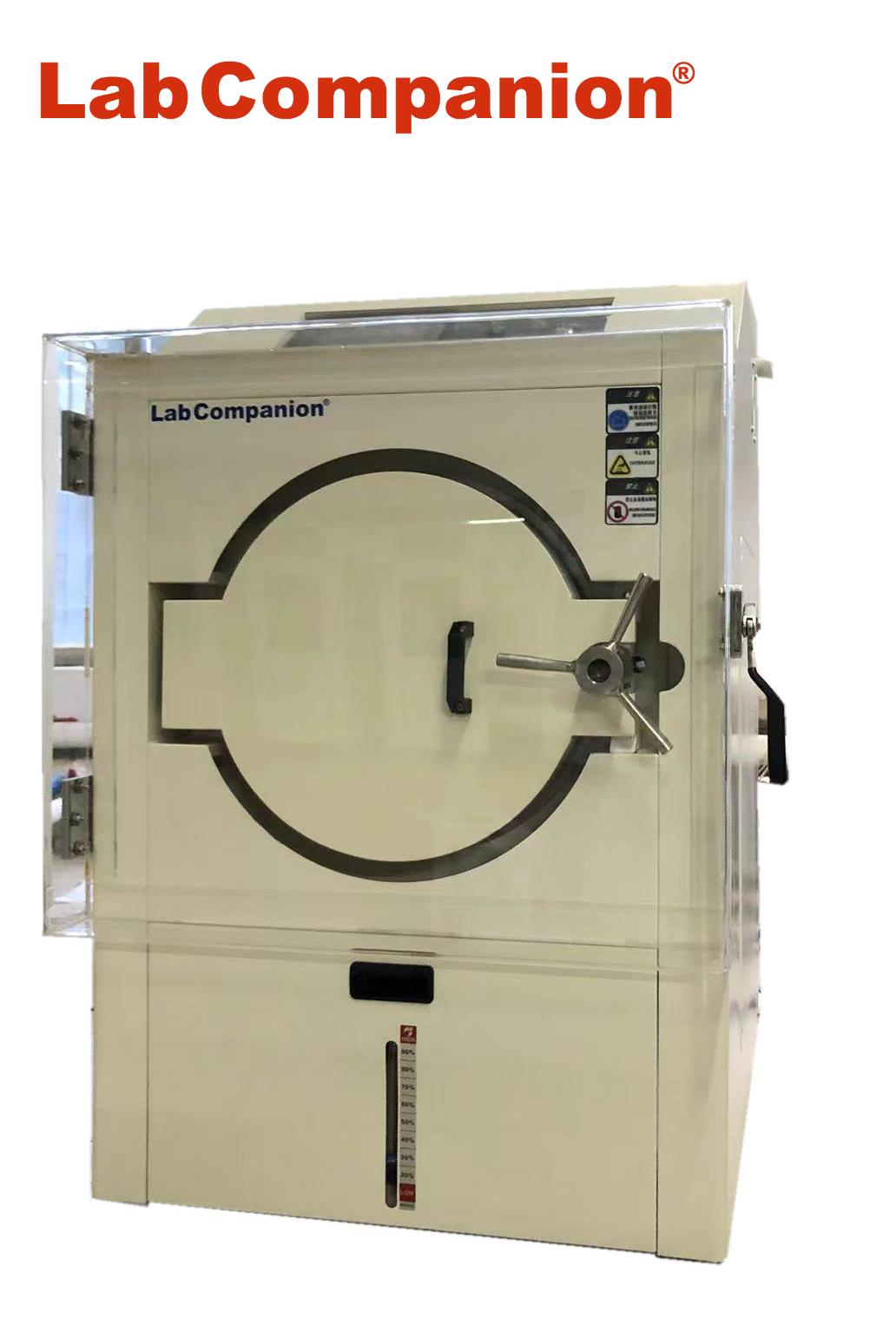Solar energy is a kind of renewable energy, refers to the sun's thermal radiation energy, the main performance is sun rays, which can be power generation or provide energy for water heaters in modern society. In the case of decreasing fossil fuels, solar energy has become an important part of human energy use and continues to develop. There are photothermal conversion and photoelectric conversion two application of solar energy, solar power generation is an emerging renewable energy, so the related research and application industry has also stepped up the pace of development. In the research and production process of solar module, the relevant reliability test and environmental test specifications have been formulated to ensure that the solar module can be durable for more than 20 to 30 years; And ensure its power generation conversion rate of using outdoor environment.

Solar module HAST and PCT test description
Damp heat test IEC61215-10-13:
Humidity and heat test conditions are 85℃/85%R.H., time: 1000 hours, to determine the ability of the module to resist long-term moisture penetration, through the humidity and heat test can be found defects: CELL delamination, EVA(delamination, discoloration, bubble generation, atomization, Browning), string line blackening, TCO corrosion, solder joint corrosion, Thin-film yellow discoloration, junction box degumming off... However, according to the test results of relevant Solar plants, that the time can make the module have problems needs to be at least 3000 to 5000 hours and 1000 hours is not enough.
HAST [Highly Accelerated Temperature and Humidity Stress Test] Test method:
The highly accelerated moisture resistance evaluation test method is based on the environmental parameters of temperature and humidity. HAST and PCT [Pressure Cooker Test] are different two tests, HAST is called unsaturated test and PCT is saturated humidity test, and the biggest difference from the general humidity evaluation test method is that it is in the field of temperature and humidity above 100℃, and in the high-density water vapor. The purpose of HAST is to accelerate the test of moisture intrusion into the sample for moisture resistance evaluation by using the partial pressure water vapor which is higher than that inside the sample.
JESD22-A118[Accelerated Moisture Resistance-Unbiased] Test specifications and conditions (HAST unbiased test) :
It is used to evaluate reliability of the device in wet environment, that is, the penetration of harsh temperature, humidity and increased water vapor pressure through the external protective material (encapsulation or sealing material) or along the interface of the external protective material and metal conductor, the failure mechanism is the same as that of the [85℃/85%RH] high temperature and high humidity steady-state humidity life test (JESD22-A101-B). In this test process, no bias is applied to ensure that the failure mechanism is not covered by bias, and this test is used to determine the failure mechanism in the package. The sample is in a non-condense humidity environment, only the temperature is increased a little, and the failure mechanism is the same as [85℃/85%RH] high temperature and high humidity steady-state humidity life test without bias. It should be noted that, since absorbed water vapor reduces the glass transition temperature of most polymer materials, an unreal failure mode may occur when the temperature is higher than the glass transition temperature.
85℃/85%/1000H(JESD22-A101)→110 ℃/85%/264H(JESD22-A110, A118)
Specifications: JEDEC22-A110(with bias), JEDEC22-A118 (without bias)
Common conditions: 110℃/85%R.H./264h Applicable: PET, EVA, modules

PCT [Pressure Cooker Test] Test method:
Generally known as the pressure cooker cooking test or saturated steam test, mainly to test the product under harsh temperature, saturated humidity (100%R.H.)[saturated water vapor] and pressure environment, test the high humidity resistance of the test product, for solar packaging materials or modules, for the purpose of used for material moisture absorption test, high pressure cooking...if the testing product is a Cell, it is used to test the moisture resistance of it. The testing product is placed in a harsh temperature, humidity and pressure environment. If with poor encapsulation, moisture will penetrate into the package along the colloid or the interface between colloid and wire frame. Common reasons for installation: popcorn effect, open circuit caused by metal wire corrosion, short circuit caused by pollution between package pins... And other related issues, which is not the same as HAST accelerated aging.
PCT JESD22-A102 test specifications and conditions:
To evaluate the integrity of non-airtight packaged devices against water vapor in a condensed or saturated water vapor environment, the sample is placed in a condensed, high-humidity environment under high pressure to allow water vapor enter the package, exposing weaknesses in the package, such as delamination and metallization layer corrosion. The test is used to evaluate new package structure or the update material and design. It should be noted that some internal or external failure mechanisms will appear in the test which are not consistent with the actual application situation. Since absorbed water vapor reduces the glass transition temperature of most polymer materials, an unreal failure mode may occur when the temperature is higher than the glass transition temperature.
Test conditions: 121℃/100%R.H./80h(COVEME), 200h [toyalSolar]
Applicable: PET, EVA, modules
Pressure cookers (PCT) and Highly Accelerated Life Test Equipment (HAST) :
At present, most solar materials and modules can withstand long-term DHB(temperature and humidity + bias) test without failure, in order to improve the test efficiency and shorten test time, the pressure cooker test method is used. Pressure cooker test methods are mainly divided into two types: PCT and HAST, if the defects of solar packaging materials and modules can be found through HAST tests, and degradation can be reduced by 1%, the LCOE[Levelized Cost of Electricity(actual energy output value, power generation cost per KWH)] will be reduced by 10%. The purpose of PCT test is to increase ambient stress (temperature & humidity), and to evaluate sealing effect of module and moisture absorption of backplane by exposing it to a wetting vapor pressure of more than one atmosphere.

